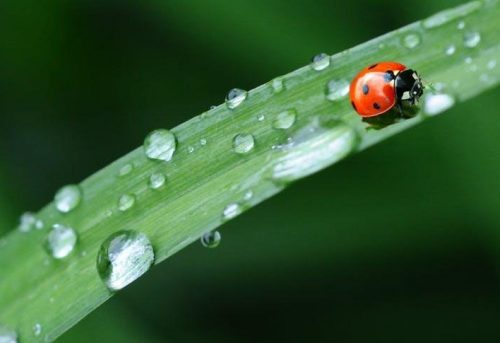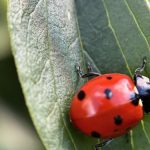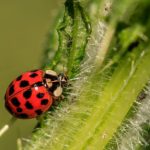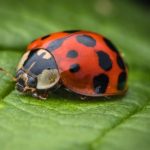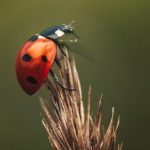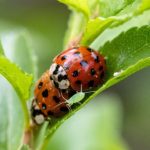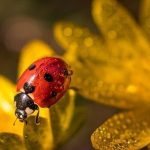Ladybugs do consume water as part of their nutrition. They typically obtain the necessary quantity from the moisture that is present in the food that they consume. For this reason, they do not necessarily need to be located in close proximity to conventional sources of water.
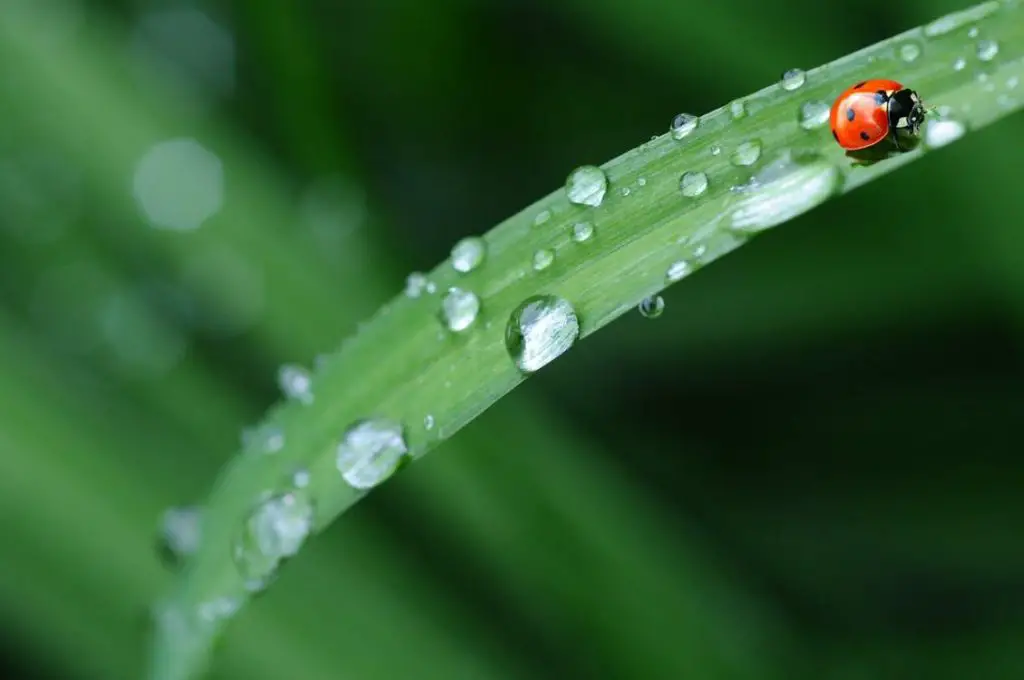
Do ladybugs eat and drink?
Aphids, which are very small insects that feed on sap, are a favorite meal for ladybugs. According to Troyano, “During the course of its lifetime, a ladybug may ingest as many as 5,000 aphids.” When they are in their larval stage, ladybugs consume hundreds of unwanted insects. A ravenous adult ladybug can consume up to 50 aphids in a single day.
Do ladybugs need water?
Ladybugs do consume water as part of their nutrition. They typically obtain the necessary quantity from the moisture that is present in the food that they consume. For this reason, they do not necessarily need to be located in close proximity to conventional sources of water. But in times of famine or when they require additional hydration, they will drink water straight from the source.
What does a ladybug need to survive?
Ladybugs are able to flourish with a remarkably small number of requirements, the most important of which is their prey (aphids), together with a small amount of water and some sticks and branches to hide under and climb on. In light of the fact that this is the case, grab some plant stems and sticks and place them in the tank in an upright position.
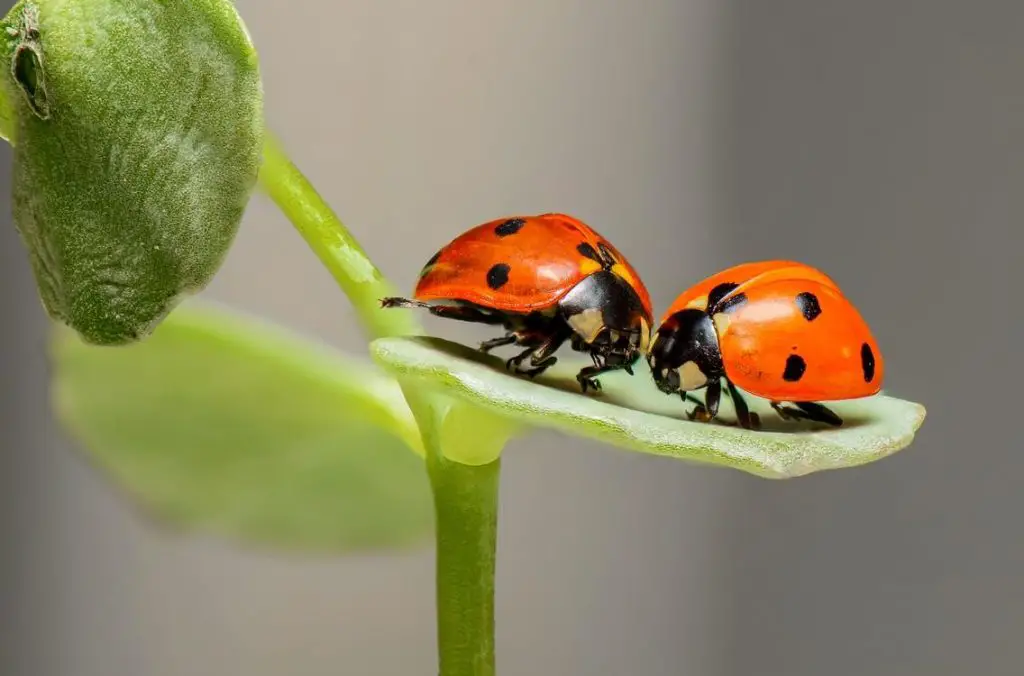
How do you give ladybug water?
As a supply of water, you should set up a paper towel or a sponge that has been damp inside your habitat. First, thoroughly wet the paper towel or sponge, and then squeeze out the majority of the excess water using your hands. Since ladybugs don’t drink very much, this ought to be plenty to satisfy their need for several days.
What do ladybugs eat and drink?
Aphids, which are very small insects that feed on sap, are a favorite meal for ladybugs. According to Troyano, “During the course of its lifetime, a ladybug may ingest as many as 5,000 aphids.” When they are in their larval stage, ladybugs consume hundreds of unwanted insects. A ravenous adult ladybug can consume up to 50 aphids in a single day.
Also read our article: What to Feed Ladybugs?
How long do ladybugs live without food?
Around the world, there are around 5,000 different species of ladybugs. They are able to endure almost every kind of weather, and they may go up to nine months without eating. In North America, the convergent ladybug is the species of ladybug that is found the most frequently.
Can bugs sense fear in humans?
Experts believe that insects and other creatures may be capable of experiencing fear in a manner that is comparable to how we do.
Can ladybugs be poisonous?
The consumption of these sometimes brightly colored insects by animals or people does not result in any adverse health effects; the only risk is to the pets. Even while they do not transmit human diseases to other people, this does not imply that certain individuals who are allergic to them will not have negative consequences from being around them.
Do Ladybugs Also Disappear During Winter Like Wasps?
When winter arrives, many wonder where do wasps hibernate in winter. Unlike wasps, ladybugs are beneficial insects that generally hibernate during winter. They typically seek shelter in protected areas like leaf litter, under tree bark, or in hollow plant stems. Ladybugs, with their distinctive red and black spotted wings, hide away until warmer weather returns, emerging to aid in pest control in gardens and fields.
Do ladybugs eat their babies?
Lady bugs have been known to consume aphid eggs and larvae when there is lack of other food. In a single season, a female ladybug may lay up to a thousand of her golden-colored eggs, which is quite a few, but not all of the eggs hatch into adult ladybugs. Even though they like to deposit their eggs on leaves that are covered in aphids.

